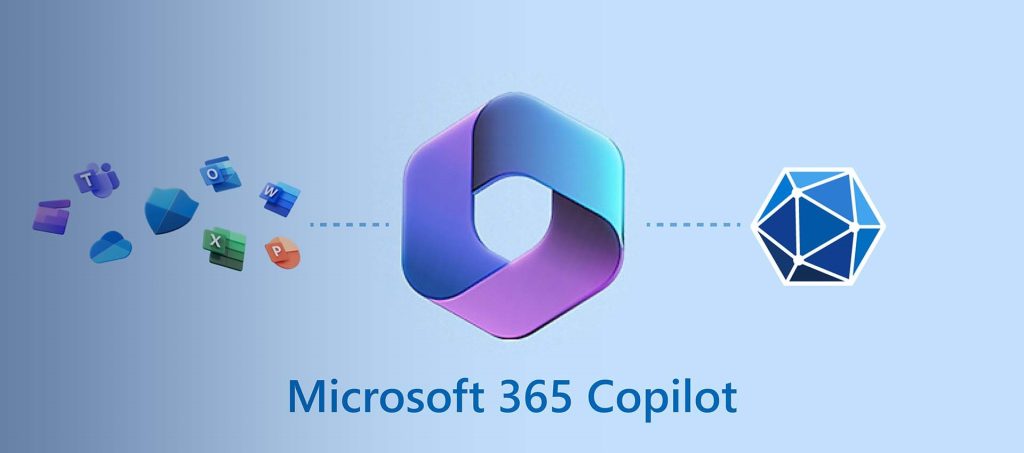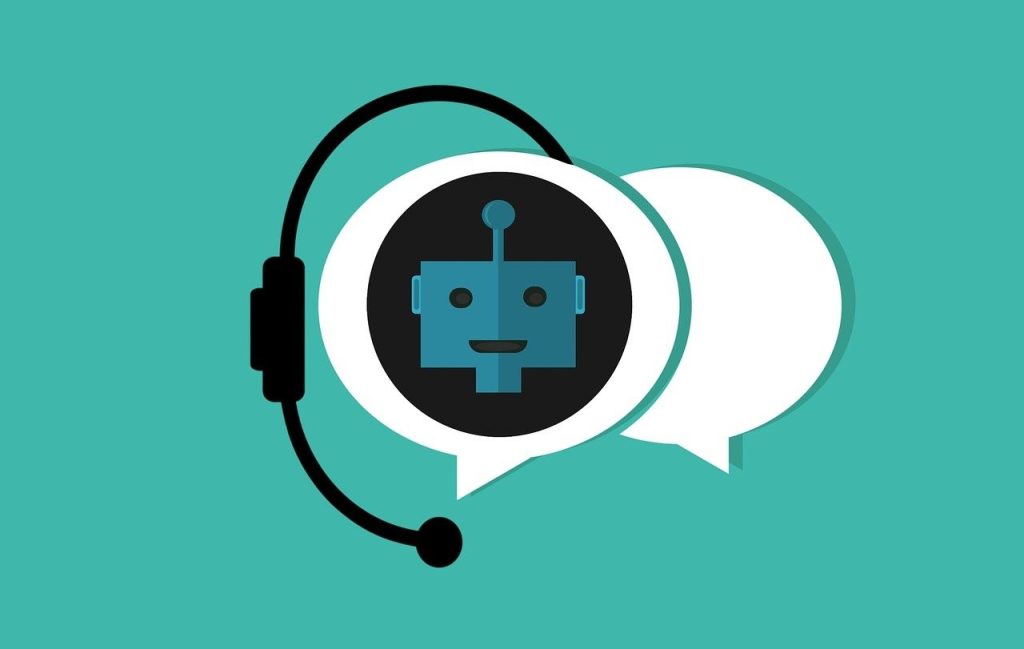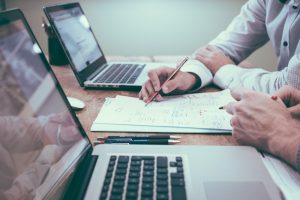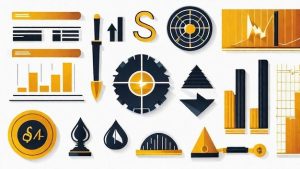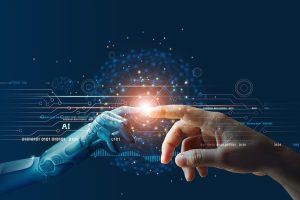Introduction to Public AI vs Private AI vs Personal |
Artificial Intelligence (AI) has become a staple in both our personal routines and the corporate sphere, revolutionizing our day-to-day existence, professional operations, and social interactions. The vast capabilities of AI are delineated into three specific categories: Public AI vs Private AI vs Personal. Each category possesses its own set of traits, uses, and effects, rendering them indispensable across various scenarios.
Public AI means AI systems that everyone can use and that help the public. Private AI is only for certain groups or people who own it. Lastly, Personal AI is made for individual users, offering services that match their likes and habits. This article will look into the details of these three kinds of AI, studying their basic differences, uses, and what they might be like in the future.
Understanding – Public AI vs Private AI vs Personal
Public AI refers to artificial intelligence systems that are accessible to the general population. Such AI function is often created by governmental organizations, academic entities or major technology companies. These systems frequently play a pivotal role in predicting weather patterns, regulating traffic flow especially during peak hours and issuing notifications regarding public health.
The focus here is on ensuring access and embracing diversity. The goal is to make AI universally available, so that people from all walks of life, no matter their financial background, can benefit. Public AI typically takes the form of open-source projects, with code that anyone can access, modify and share without cost. Such transparency encourages advancements by enabling researchers and developers globally to enhance current AI technologies and devise novel applications.
Unlike Public AI, which is accessible to the general public, Private AI is a form of artificial intelligence that is the proprietary asset of certain companies or persons. Companies frequently utilize this kind of AI to secure a competitive advantage, optimize their processes and improve interactions with customers. Private AI can be seen in the form of personalized recommendation systems utilized by online retailers, conversational AI agents that assist with customer service and autonomous driving technologies created by automobile producers.
Private AI platforms usually operate as proprietary, with their source code kept confidential and not available to the public. This level of confidentiality is frequently required to safeguard the intellectual property of the AI creators and to deter rivals from duplicating or deconstructing their technological innovations.
Personal AI, categorized as the third form of AI, is designed to offer individualized services to users. It adapts to a user’s specific behaviors and likes to present tailored suggestions, help, or user experiences. Instances of such personalized AI encompass digital assistants such as Siri and Alexa, individualized content streams on social networking sites, and exercise routines created by health and fitness applications. It focuses on delivering tailored experiences and ease of use. Its objective is to simplify our daily routines and enhance our enjoyment by handling mundane activities automatically and offering customized suggestions, thereby conserving our time and reducing our workload.
Key Differences between Public, Private, and Personal AI
Delving into the three varieties of artificial intelligence, we can now turn our attention to distinguishing their primary contrasts. A significant disparity is found in their availability. Public AI can be utilized by the general populace, Private AI is confined to particular entities or persons, and Personal AI is customized for the needs of single users.
Another key difference is their purpose. Public AI serves the public interest, Private AI helps organizations gain a competitive edge, and Personal AI enhances individual user experiences. The ownership and control over these AI systems also differ. Public AI is typically owned and controlled by government bodies or research institutes, Private AI is owned by businesses or individuals, and Personal AI is controlled by the user.
The way these systems manages data also differs significantly. Public AI systems often use publicly available data, while Private AI systems use proprietary data, and Personal AI systems use personal data. This difference in data handling has significant implications for privacy, security, and accountability.
Practical Applications of Public, Private, and Personal AI
Public AI, Private AI, and Personal AI extend beyond just abstract ideas—they have tangible implementations that influence every facet of our existence. Public AI aids in traffic management, weather forecasting, and keeping us updated on public health matters. Private AI optimizes business processes, improves interactions with customers, and propels tech advancements. Personal AI simplifies our daily routines, tailors suggestions to our preferences, and delivers individualized experiences.
These practical applications emphasize the transformative power of AI. However, they also highlight the challenges that we need to address to ensure the responsible and beneficial use of AI. Issues of privacy, security, transparency, and accountability need to be tackled to harness the full potential of AI.
Future of AI: Public, Private, and Personal
The future of AI is promising and full of possibilities. All forms of will continue to evolve, becoming more sophisticated, powerful, and pervasive. We can expect more advanced public AI systems that can tackle complex societal challenges, more innovative private AI technologies that can revolutionize industries, and more personalized AI services that can enhance our everyday lives.
The future of AI is not just about technological advancements — it’s also about addressing the ethical, legal, and societal implications of AI. We need to ensure the responsible use of AI, balancing the benefits of AI with the need to protect privacy, ensure security, promote transparency, and uphold accountability.
Conclusion
In conclusion, Public AI, Private AI, and Personal AI each play a role in shaping our world and our lives. Understanding their differences, applications and implications is vital as we navigate the AI-driven future.


